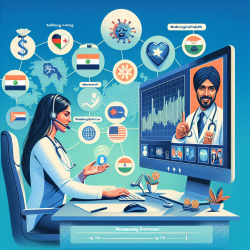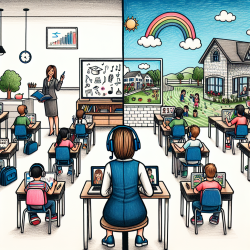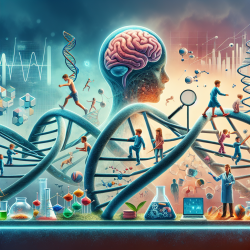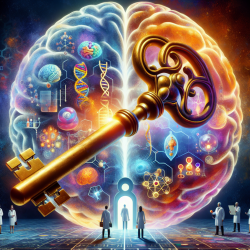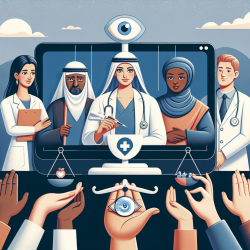Introduction
The COVID-19 pandemic has been a catalyst for a multitude of changes in how we interact, learn, and provide services. The study "Characterizing Human Collective Behaviors During COVID-19 — Hong Kong SAR, China, 2020" provides a comprehensive framework for understanding how collective behaviors manifest during extreme events like the pandemic. For practitioners in online therapy, these insights are invaluable for improving service delivery and client engagement.
Understanding Collective Behavior
Collective behavior refers to the actions and reactions of individuals within a group, often influenced by external events. During the pandemic, people turned to online platforms to express emotions, share information, and seek reassurance. The study highlights a strong correlation between online behaviors, such as Google searches, and real-time reproduction numbers of COVID-19 cases.
This research utilized a network-based mechanistic model to evaluate interactions among emotions, perceptions, and online behaviors in Hong Kong during the pandemic's first two waves. The model effectively captured 80% of the trend in risk perception, offering a robust framework for understanding collective behaviors.
Implications for Online Therapy
For online therapy practitioners, these findings offer several actionable insights:
- Emotional Awareness: Recognize the emotional states of clients, which are often influenced by external events. Use this understanding to tailor therapy sessions to address specific emotional needs.
- Behavioral Insights: Monitor online behaviors, such as search trends, to anticipate client concerns and proactively address them in therapy sessions.
- Risk Perception: Understand clients' risk perceptions and how these perceptions influence their mental health and behavior. This understanding can guide therapy approaches to reduce anxiety and stress.
Encouraging Further Research
While the study provides a strong foundation, it also opens avenues for further research. Practitioners are encouraged to explore how these collective behaviors manifest in different cultural contexts and how they can be leveraged to enhance therapy outcomes. Collaborative research with institutions can provide deeper insights into the interplay between external events and individual behaviors.
Conclusion
The insights from the study on human collective behaviors during COVID-19 offer valuable lessons for online therapy practitioners. By understanding and integrating these behaviors into therapy practices, practitioners can enhance their service delivery, improve client outcomes, and contribute to the broader field of mental health during extreme events.
To read the original research paper, please follow this link: Characterizing Human Collective Behaviors During COVID-19 — Hong Kong SAR, China, 2020.





